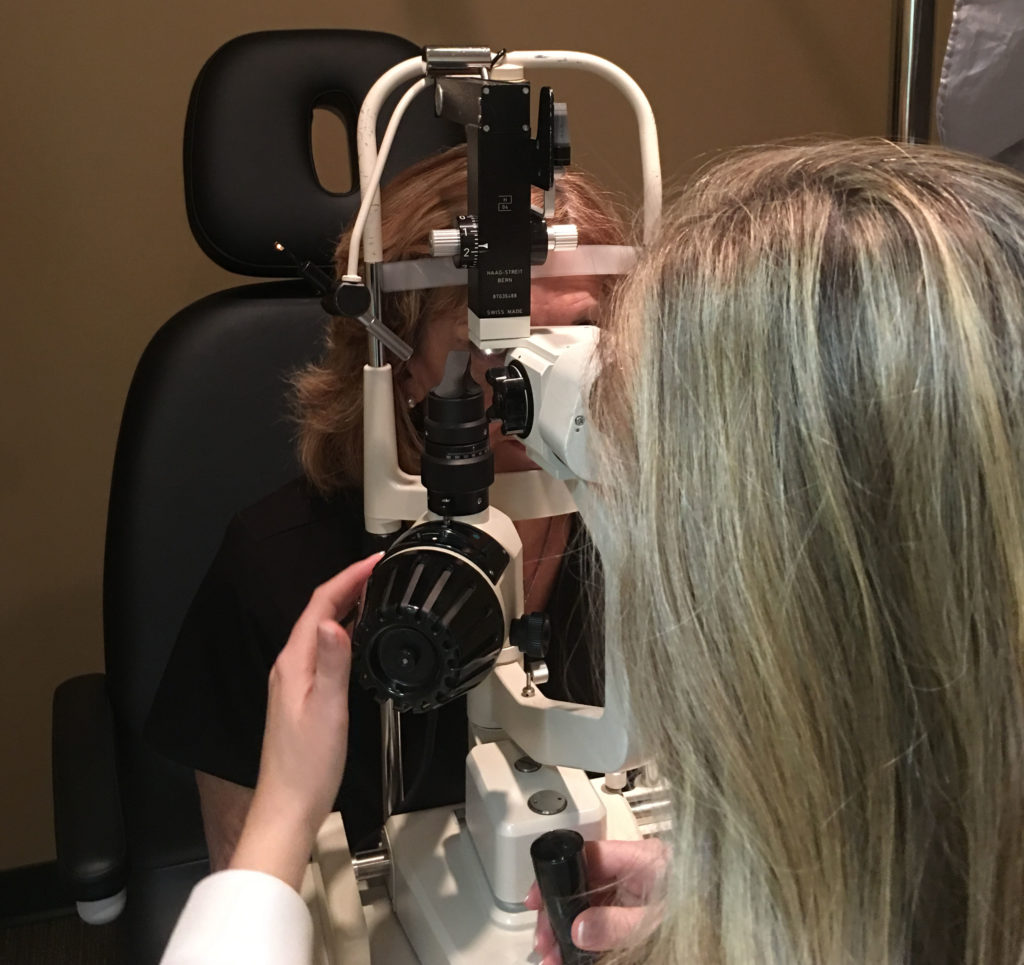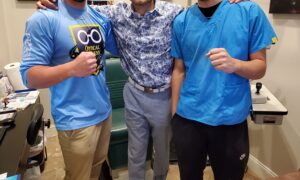By Suzanne Lakamp, OD, FAAO

Feb. 22, 2017
A patient’s answers to four questions equip you to best serve their total eyecare needs–often with expanded services and multiple pairs of eyewear–and increase practice revenues.
As eyecare providers, we are tasked with addressing the needs of the patient. Not all patients easily volunteer the necessary information to make the office visit a success. Getting the right information can determine how well a patient feels cared for, and whether that patient returns to the practice.
Further, asking patients the right questions means enhancing your ability to prescribe the products and services that will most help them, and most enable you to build your practice.
Satisfied, established patients, who stay with a practice, carry a higher lifetime value for the business than new patients. It is less costly to maintain the existing patient base, than to advertise for new referrals. Word-of-mouth is incredibly profitable, at no additional expense to the practice, as happy patients refer others.
Here are four important questions that ODs should ask each patient to fully serve each patient’s needs.
“How do you feel you are seeing?”
We may assume a patient seeing 20/20, or 20/25, is doing great, and then move on with the rest of the exam. But some patients are capable of a crisp 20/15. Also, quantity is not quality. A patient with significant dry eye may still read lower than 20/20 on an eye chart, but the accompanying vision fluctuation and overall haziness may be bothersome.
Common patient responses: “Overall, I’m seeing great during the day. Nighttime is a struggle, though, and I see halos.” Or: “I think I’m seeing well, and don’t really think about it much.”
OD answers: “Mrs. Jones, your eyes are measuring great today. However, I have concerns with your tear film impacting your vision quality. By improving your tear film, we can make those road signs easier to see.”
For the patient who is seeing well: “Mr. Smith, I am pleased that you are doing so well, and are happy with your vision. Let’s continue to keep those eyes healthy, and protect them from harmful UV with some new sunglasses.”
Further OD actions to take: For the patient with possible dry eye, scheduling that patient for a follow-up visit in the dry eye clinic after initiating treatment ensures the patient is cared for. For the patient who needs sunglasses, the doctor can direct that patient to the optical and coordinate with the optician. Recalling that patient for annual comprehensive exams also is important to maintaining healthy eyes and vision, and also happens to keep your clinic full.
“How do your eyes feel?”
Patients want comfortable eyes that feel good, and are free from strain and discomfort. Asking about ocular comfort, responding appropriately to the patient, and providing solutions, fosters patient loyalty to the practice.
Common patient responses: “Well, doc, they sure water a lot.” Or: “My eyelids seem to stick when I wake up in the morning.”
OD answers: “Mr. Jones, it looks like you have some mild allergies. I can give you a sample of Pazeo eye drops to help make you more comfortable. Here is the prescription and a coupon for when the sample is finished. Let me know if your eyes do not feel better in a few days.”
In response to uncomfortable eyes from blepharitis, or ocular surface disease: “Mrs. Smith, we will start working on lid hygiene to improve how your eyes feel and function.”
Further OD actions to take: For eyes that already feel great, the doctor can focus on wellness and prevention by reminding the patient to return each year for a comprehensive exam, or by educating the patient about ways to protect their eyes from the sun and blue light from electronic devices.
“What goals do you have for your vision? Are there things you can’t see now that you would like to see?”
Caring for a patient requires more than prescribing a pair of glasses or completing a standard eye examination. ODs should perform services that address specific patient concerns. Prompt action means the patient is cared for, and keeps revenue in the practice. Patients who are not attended to in a timely manner will get impatient and go to another practice.
Common patient responses: “Doctor, I would like to wake up without the hassle of putting in contacts or finding my glasses.”
OD answers: “Ms. Smith, you’ve come to the right place. We have an opening this afternoon for an in-depth examination and testing to determine what surgical vision correction options are right for you. How is 3 p.m.?”
Further OD actions to take: The doctor and staff should quickly determine, and respond to, the patient’s needs. For instance, an existing patient may be seeking to purchase more Avenova spray from the clinic. Another patient may be calling to schedule a surgery.
“What questions do you have for me?”
I always ask patients if they have questions throughout the exam. I use it to create another opportunity for the patient. Sometimes patients are shy or forget something they wanted addressed earlier in the exam. Patients may also not be forthcoming. The doctor is not finished with the exam if the patient has any lingering questions. Successful communication includes clearing up misunderstandings and unfinished thoughts.
Encouraging questions empowers the patient, and opens an opportunity for patients to become active participants in their own care. In addition, patients want to be heard and validated, and will return to a practice where doctors listen.
Common patient responses: “Could you please explain those eye drops to me one more time?” Or: “Doctor, when would you like to see me back in the office?”
OD answers: “Mr. Johnson, I am happy to review those post-operative medications with you. I can also give you an instruction sheet with dates filled in to make the medication schedule a little easier.”
For scheduling questions: “Ms. Brown, let’s go to the back desk where we can schedule you a return visit in 6-8 weeks to monitor how well your eyes respond to this Restasis treatment.”
Further OD actions to take: By keeping patients informed, and involved in their care, the doctor-patient relationship can function as a team. That means making sure patients understand the overall vision, or eye health, goal you’ve set. For instance, if you want them to switch to a daily disposable contact lens, explain the eye health and vision benefits, or if you want them to add Transitions to their glasses, explain the benefits to their ability to function on bright days, and the UV protection the lenses would offer them.
 Suzanne LaKamp, OD, FAAO, is an associate at Durrie Vision in Overland Park, Kan. To contact: dr.suzanne.lakamp@gmail.com
Suzanne LaKamp, OD, FAAO, is an associate at Durrie Vision in Overland Park, Kan. To contact: dr.suzanne.lakamp@gmail.com























